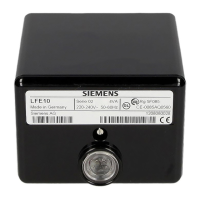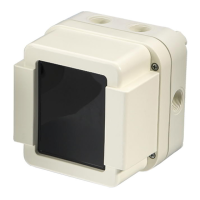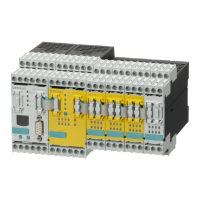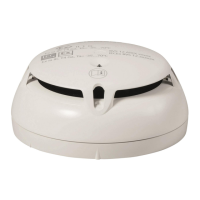e1249d2
35
Fire & Security Products
Siemens Building Technologies Group
01.1999
With the DC1131, the control unit cannot differentiate between the operation of the
key for address allocation and any signals at the input. Faults arise in the localization
structure if input signals are read in.
Recommendation:
Extending a system:Carry out ’address allocation by insertion’
(less risk of confusion than with address allocation by activation).
New systems: Carry out ’address allocation by activation’
(faster detector response time with localization).
4.4.3 Address allocation through insertion
Requirements
Automatic detectors:
Detector bases installed
Detectors not inserted
Automatic detectors already inserted must be localized and allocated in the
control unit, otherwise faults arise in the localization structure during address
allocation
Manual call points:
Manual call points mounted (incl. electronics)
Manual call points must also be localized by ’activation’ in ’location by insertion’
mode.
Input/output modules:
Terminal block mounted
Electronics not inserted
Input/output modules are localized by inserting the electronics. Unlike the inter-
active system it is not possible to localize input or output modules in this localization
mode by ’activation’!
T-branch module DC1135:
Before installing the DC1135 no detectors may be inserted in the stub line!
Detectors which have been inserted but not localized must either be removed again
or localized through activation
Switch control unit to ’Address allocation through insertion’ mode ( page 91)
Wait until the control unit is ready
Localize the first device
Insert automatic detectors or the electronics for an input / output module or activate
manual call points
Wait until the response indicator flashes
Can take up to 60 seconds depending on configuration
Response indicator flashes for about 5 seconds
No other device may be inserted for at least 20 seconds
The device must no longer be removed until address allocation is completed.

